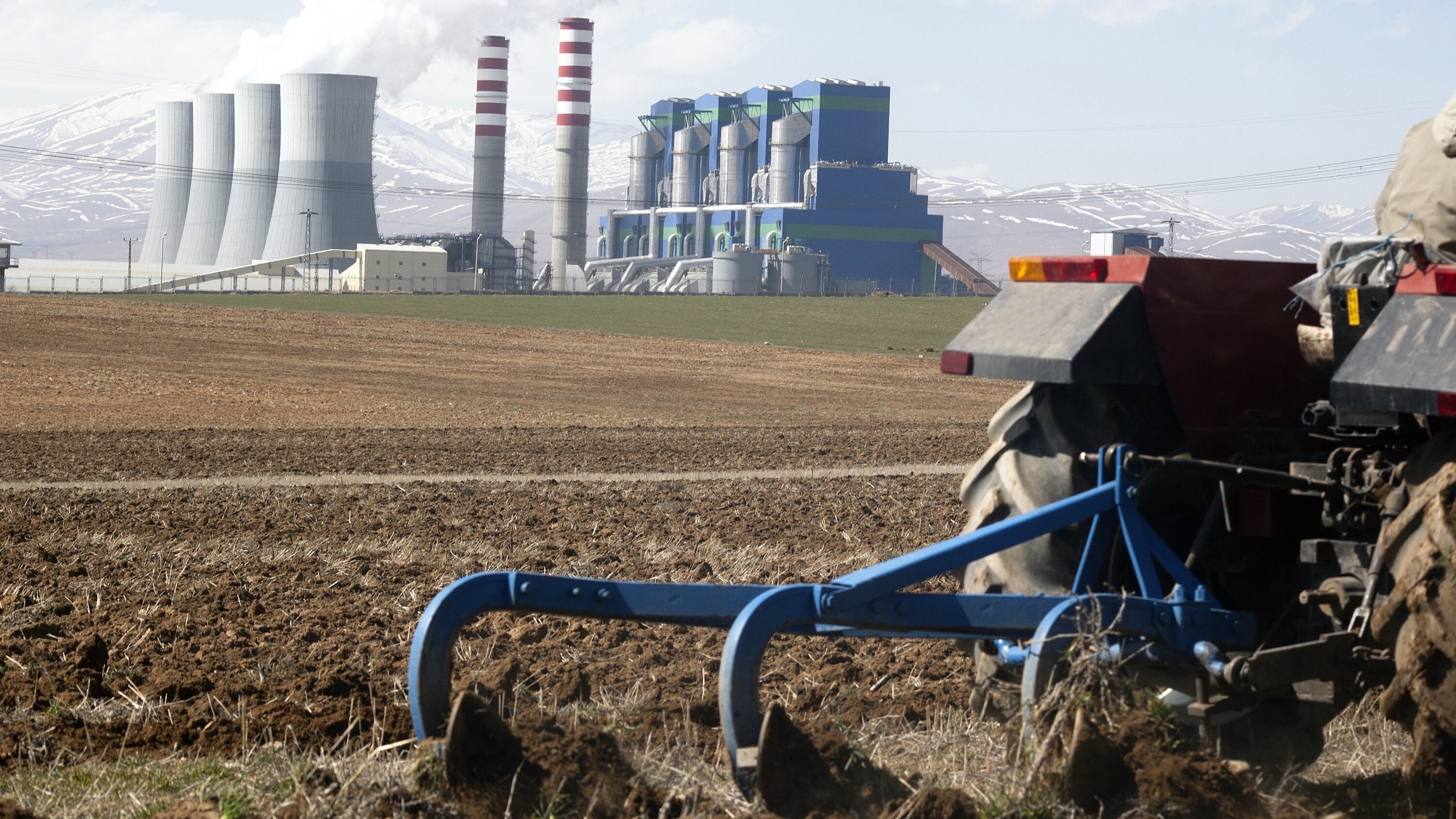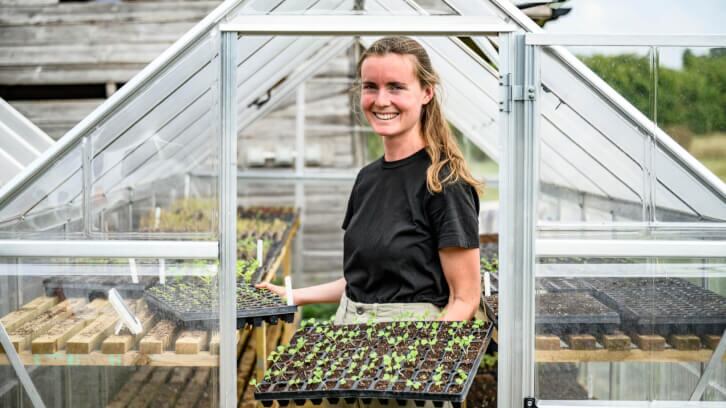In the face of constant challenge of providing sustenance for a growing global populace, the scientific community is confronting the task of food production amid rapid climate change.
The Green Revolution's contributions and innovations in plant breeding techniques strive to tackle this challenge but this conventional methodology is time-intensive, prompting forays into chemical muta-genesis and radiation-induced mutation to engineer desired alterations.
At the same time, the labour-intensive nature and unpredictable outcomes of these techniques have impeded their widespread application. In response, the past decade has seen the advent of GE tools that have revolutionised crop improvement endeavours.
These tools, led by sequence-specific nucleases (SSNs), induce double-strand DNA breaks to enable precise and predictable mutagenesis at targeted loci.
It’s in the genes
Of these tools, CRISPR-Cas9's ascent has been unparalleled, driven by its great degree of efficacy, minimal off-target effects, user-friendly operation, cost-effectiveness and multiplex GE capabilities.
This system holds great potential for crop refinement and has already engendered breakthroughs in genomic modifications, encompassing single base-substitutions, multiplex GE, gene regulation, screening mutagenesis and the enhancement of wild crop plant breeding.
CRISPR-Cas9 outshines its predecessors, including zinc-finger nucleases (ZFN) and transcription activator-like effector nucleases (TALENs). Unlike its counterparts, CRISPR-Cas9 relies solely on a single-guide RNA (sgRNA) for target site recognition, amplifying its accessibility and useability. This innovation has revolutionised the understanding and manipulation of genomic structures, enabling previously unattainable precision in GE.
Swift construction of the Cas9 RNA-guided engineered nuclease (RGEN) system has paved the way for seamless and versatile GE, surpassing the convoluted processes associated with ZFN and TALEN assembly. Additionally, CRISPR-Cas9's prowess extends across a gamut of plant species, from model organisms like Arabidopsis and rice to staple crops such as potato, maize, wheat and cotton. Notably, its reach has permeated Brassica napus genes, demonstrating its versatility in diverse contexts.
However, the CRISPR-Cas9 system is not without concerns — the dissemination of CRISPR-engineered crops has drawn careful scrutiny over bio-safety around off-target effects, gene flow, unintended traits, environmental impact, allergenicity, toxicity, ethical and social concerns and resistance development.
Reviewing the impact
A recent review, conducted by Indian researchers and led by BGSB University, delves into CRISPR-based GE’s multi-faceted mechanics and sheds light on its potential to uplift crop productivity, stress tolerance and nutritional profiles, underscoring its applicability in gene targeting to usher in a novel era of crop editing.
The review acknowledges that the prevailing focus on a mere fraction of plant species (with rice, maize and wheat being primary staples for human consumption) has accentuated concerns about the dwindling genetic variety among cultivated crops.
Over millennia, continuous crop modifications have led to a significant loss of genetic diversity. Moreover, the conventional methods of generating elite cultivars have demonstrated limitations, especially in producing crops with novel traits that exhibit resilience against biotic and abiotic stressors.
In order to harness the genetic diversity of wild plants and enhance crop production, cutting-edge GE technologies have emerged as a pivotal agricultural innovation tool. As only a limited number of plant species are commercially utilised, scientists are fervently turning to novel strategies to realise the untapped potential of wild and semi-domesticated plants.
Wild, free…and enhanced
The review further states that innovative GE tools — specifically the CRISPR-Cas9 system — are emerging as a promising solution to domesticate wild or semi-domesticated plant species. By leveraging the vast genetic diversity in these plants, GE tools hold the potential to create crops with enhanced polygenic traits, genetic variety and tolerance to environmental stresses.
CRISPR-Cas9 has paved the way for accelerated de novo domestication of wild plants. For instance, researchers have demonstrated the successful modification of genes in wild tomato and other crops, resulting in greater fruit yields, fruit size and nutritional content. This breakthrough holds promise for developing crops that are not only more productive but also nutritionally enriched.
Furthermore, GE technologies like CRISPR-Cas9 have shown immense potential in developing crops that are inherently resistant to various pathogens. By deciphering the molecular mechanisms of plant-pathogen interactions, scientists have been able to engineer disease-resistant crops. This approach involves disrupting disease-causing genes, thereby bolstering crop resilience against viruses, bacteria and fungi.
Regulation and evolution
According to the review, one of the challenges the widespread implementation of a CRISPR-Cas9 system faces is varying regulatory frameworks across countries. Some nations, like the US and Canada, have embraced certain GE products deemed equivalent to conventionally bred crops. However, the EU, for instance, has adopted stricter regulations, classifying GE crops under the same umbrella as genetically modified organisms (GMOs). This divergent approach underscores the ongoing debates surrounding GE technologies and their classification.
However, as CRISPR-Cas9 has opened doors to targeted gene modifications that hold the potential to addressing food security, nutritional quality and climate resilience, the integration of GE tools in molecular breeding and functional genomics may be increasingly accepted as a crucial step in securing the future of sustainable agriculture.
Source: National Center for Biotechnology Information
“Putting CRISPR-Cas system in action: a golden window for efficient and precise genome editing for crop improvement”
https://doi.org/10.1080/21645698.2023.2219111
Authors: Arooj Tariq, et al.




